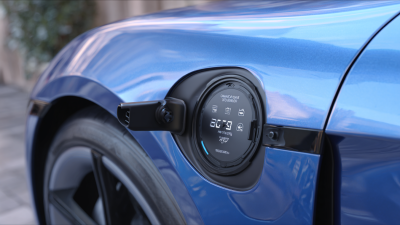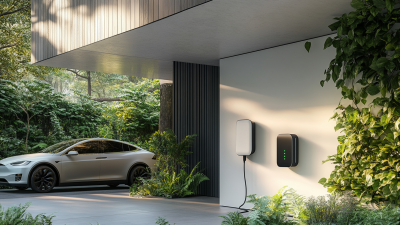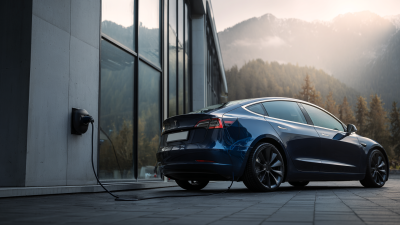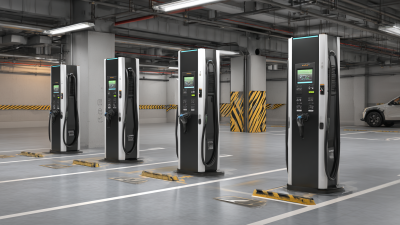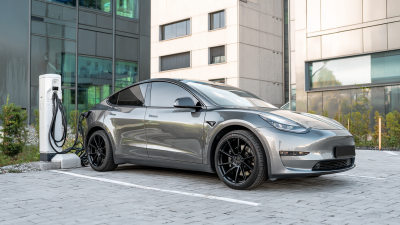As the demand for electric vehicles (EVs) continues to surge, the importance of efficient and strategically placed DC Fast Charger stations cannot be overstated. According to the International Energy Agency's (IEA) Global EV Outlook 2023, the number of electric cars on the road reached over 25 million globally in 2022, highlighting the urgent need for a robust charging infrastructure. Research indicates that to meet the rising demand, the number of public charging points should increase by 25% annually, with a significant focus on fast chargers. A well-planned installation strategy for DC Fast Charger stations not only enhances user experience by reducing charging time but also plays a critical role in supporting the grid by managing peak demand and minimizing operational costs. This guide explores key optimization strategies to ensure that DC Fast Charger stations are deployed for maximum efficiency, ultimately supporting the transition to a sustainable transportation system.
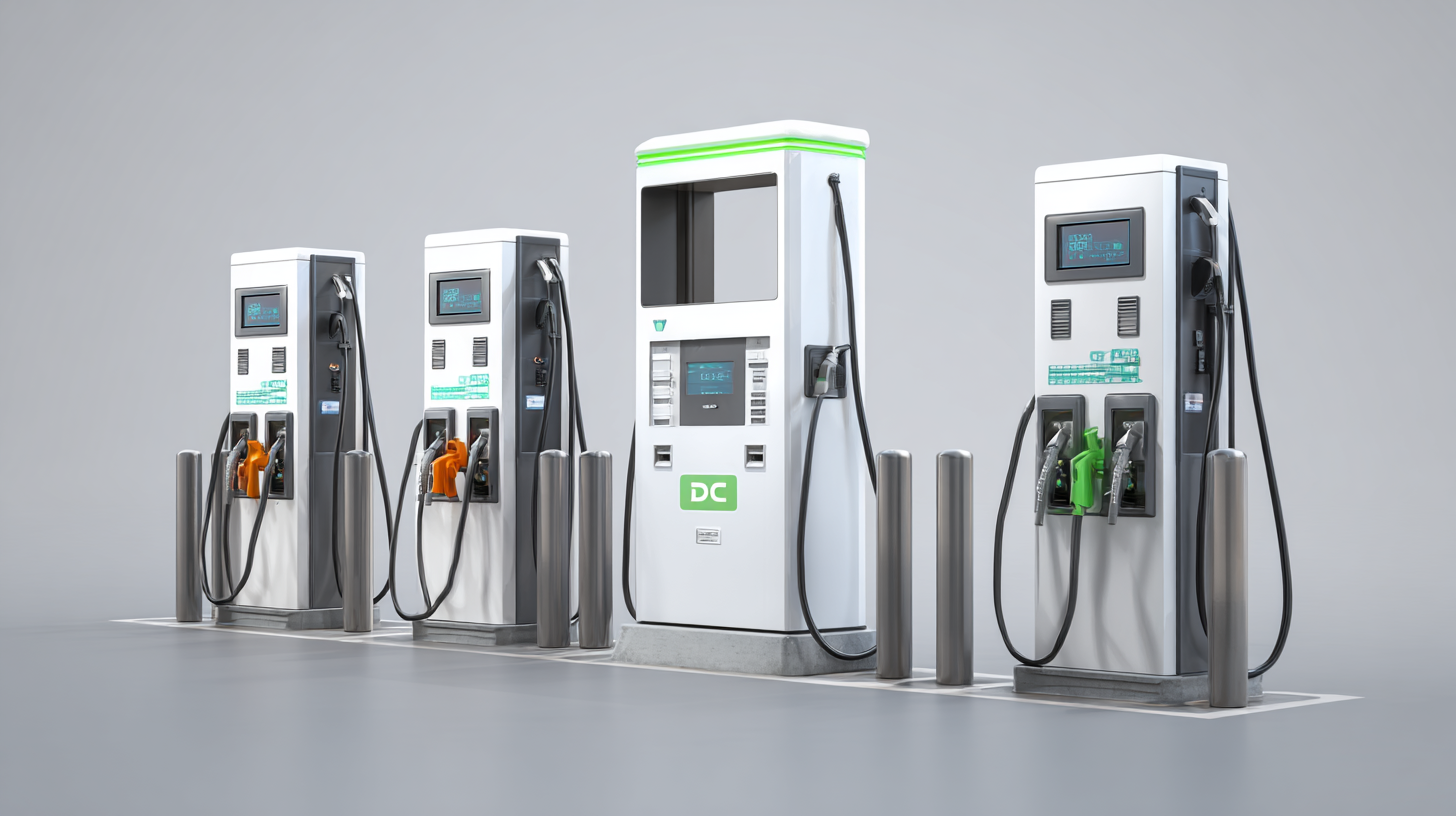
The rapid growth of the electric vehicle (EV) market underscores the necessity for efficient charging infrastructure, particularly the role of DC fast chargers. As consumers increasingly prioritize range, charging speed, and convenience, the demand for robust DC fast charging solutions becomes paramount. These chargers not only significantly reduce charging time, addressing one of the main barriers to EV adoption, but also bolster the overall EV ecosystem by promoting customer confidence in electric vehicles.
In understanding the significance of DC fast chargers, it's essential to recognize their impact on the growth of the EV market. With forecasts suggesting a substantial increase in global EV sales—projected to reach approximately 14 million units in 2023—charging infrastructure must evolve accordingly. This includes the development of various charging cable types, such as liquid-cooled supercharging options, to enhance performance and meet consumer demands. The North American DC charger market, expected to grow at an annual rate of 24.0% through 2040, exemplifies the vital role these installations play as the electric vehicle landscape continues to expand.
When selecting sites for DC Fast Charger stations, several key factors ensure maximum efficiency and accessibility.
First, evaluating the location's proximity to high-traffic areas is crucial. Chargers situated near major roads, shopping centers, and popular destinations can attract more users, enhancing charging station utilization.
Additionally, analyzing local EV demand density will help prioritize locations, ensuring that the stations serve areas with a higher likelihood of electric vehicle ownership.
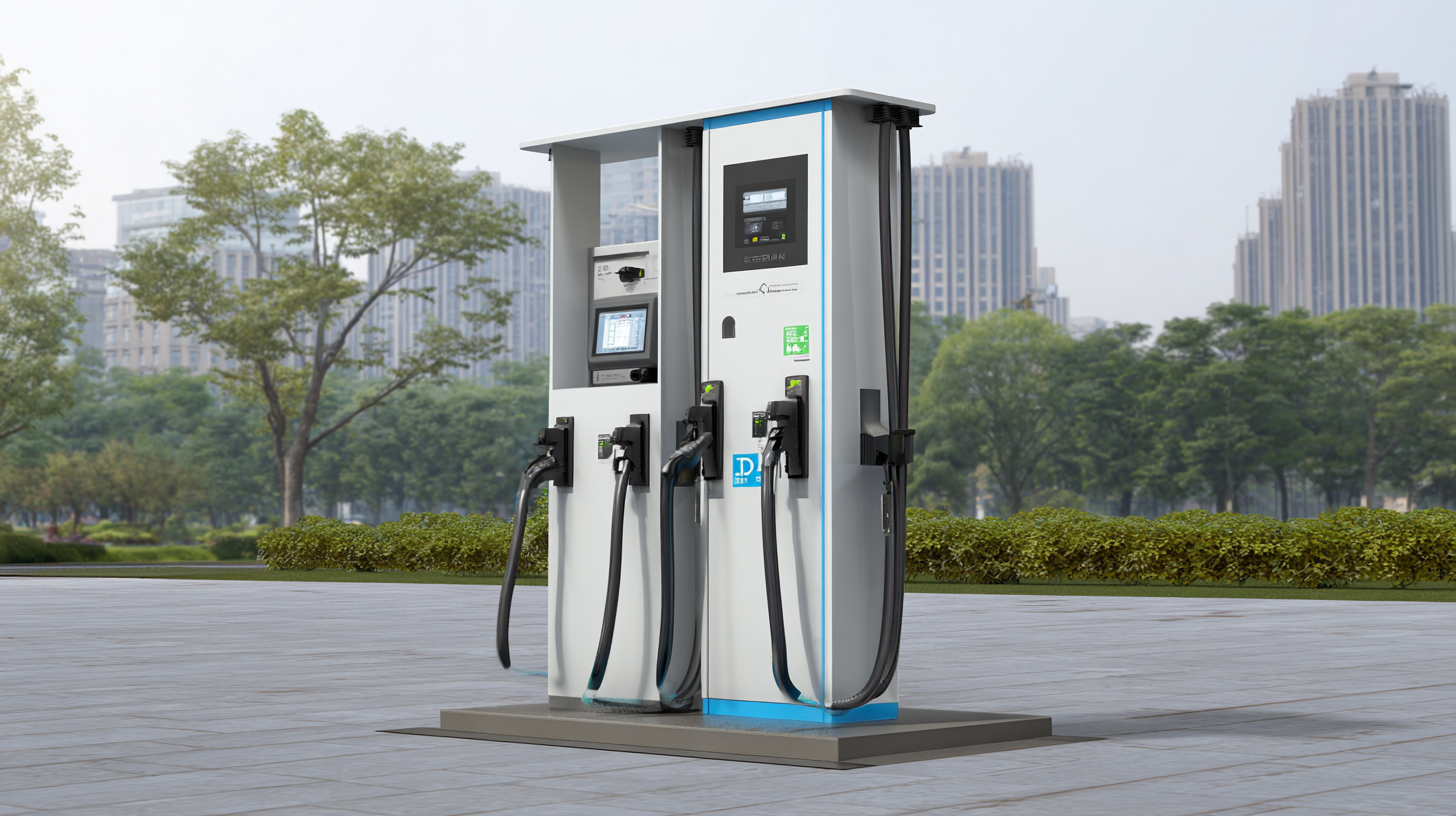 Moreover, leveraging advanced algorithms, like K-means clustering, can significantly optimize site selection. This method assesses various data points—such as traffic patterns and existing infrastructure—to identify the most strategic locations for new charging stations.
As electric vehicle adoption continues to rise, this location optimization becomes vital in streamlining access and reducing wait times for users.
Moreover, leveraging advanced algorithms, like K-means clustering, can significantly optimize site selection. This method assesses various data points—such as traffic patterns and existing infrastructure—to identify the most strategic locations for new charging stations.
As electric vehicle adoption continues to rise, this location optimization becomes vital in streamlining access and reducing wait times for users.
Tips for Site Selection:
Designing efficient DC fast charger stations is crucial for enhancing the user experience and meeting the growing demand for electric vehicle (EV) charging. First and foremost, the placement of charging stations should be strategic. Locations near popular destinations such as shopping centers, restaurants, and highways facilitate quick access and reduce wait times. Additionally, incorporating user-friendly interfaces with clear instructions and real-time availability updates can significantly streamline the charging process. This not only helps users feel more in control but also fosters trust in the reliability of the stations.
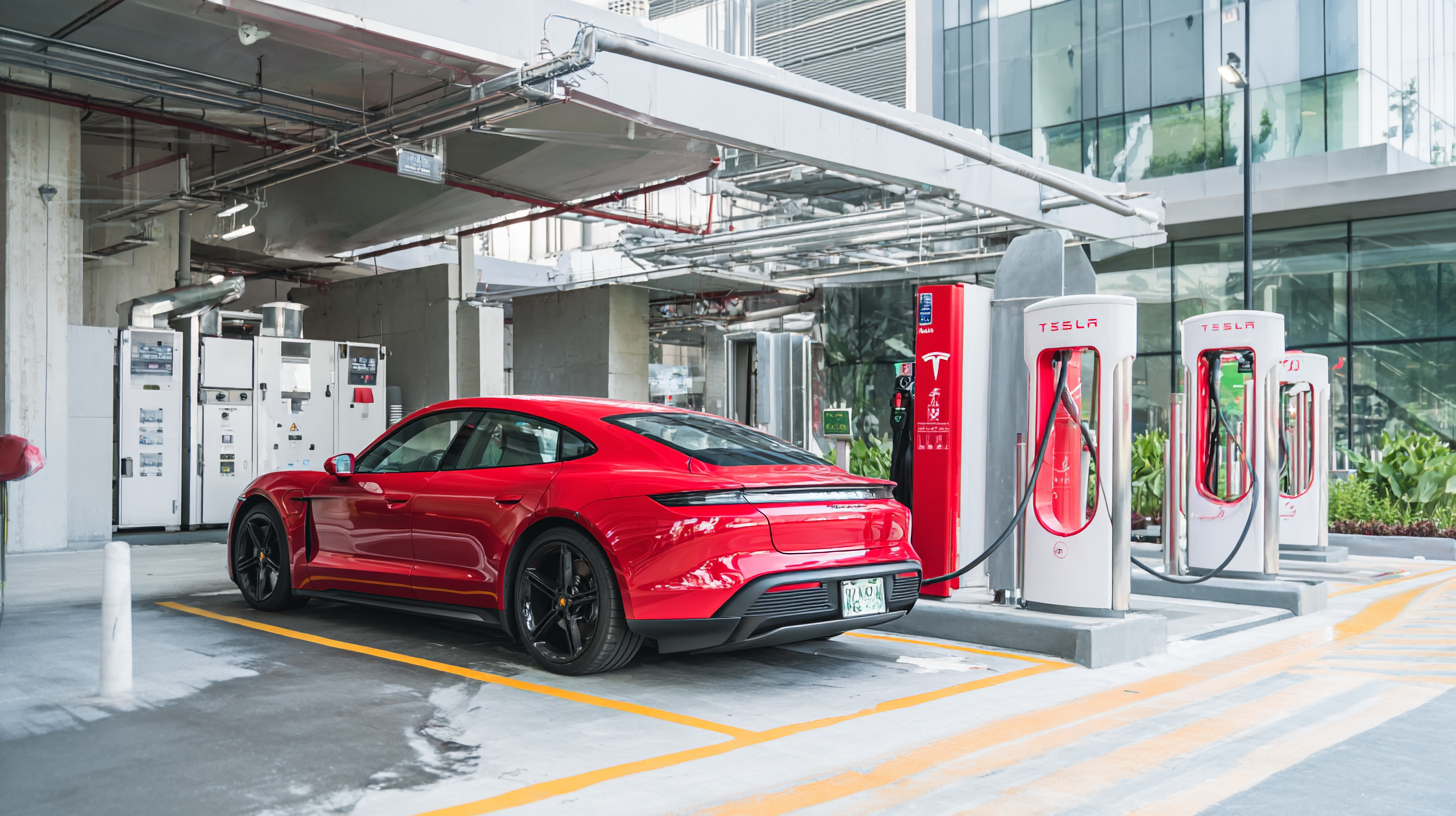
Another key technique is to ensure the stations are equipped with multiple charging ports and varying power outputs. This allows for simultaneous charging of multiple vehicles, reducing bottlenecks during peak usage times. Furthermore, integrating payment systems that support various methods, including mobile payments, contributes to a seamless experience. By considering aspects like user accessibility, advanced technology, and optimal layout, charger station designers can create an environment that maximizes efficiency while catering to user needs, ultimately promoting the broader adoption of electric vehicles.
As the demand for electric vehicles (EVs) surges, optimizing the installation of DC fast charger stations becomes crucial, particularly when integrating renewable energy sources. According to industry reports, the EV charging cable market is projected to grow significantly, expanding from $159,030 million in 2024 to approximately $48.934 billion by 2031, marking a compound annual growth rate (CAGR) of 17.42%. This presents a timely opportunity for stakeholders to adopt best practices that enhance efficiency in charger station installation.
Integrating renewable energy sources, such as solar or wind, with fast chargers not only lowers operational costs but also helps in creating a sustainable ecosystem for EV charging. For instance, implementing battery storage can complement intermittent energy supply, ensuring that chargers maintain a steady output even during peak usage periods or low renewable generation times. Furthermore, utilizing smart grid technologies can optimize energy consumption and improve grid resilience, ultimately aligning with the increasing focus on sustainability in urban infrastructure development. By prioritizing renewable integration in charger installations, the industry can foster a cleaner and more efficient future for electric transportation.
To enhance the performance of DC fast charger stations, effective monitoring and maintenance strategies are crucial. According to the International Energy Agency (IEA), the global market for electric vehicle (EV) charging infrastructure is expected to grow by over 50% annually through 2025. With the fast-growing number of charging stations, it becomes paramount to implement real-time monitoring systems that can track usage patterns and operational efficiency. These systems can provide insights into charger status, energy consumption, and peak usage times, allowing operators to make data-driven decisions that optimize performance.
Regular maintenance is equally vital for ensuring charger reliability and efficiency. A study by the United States Department of Energy (DOE) indicates that scheduled maintenance can reduce downtime by up to 30%. This includes not just physical inspections of the charging units but also software updates that improve functionality and compatibility with newer EV models. Furthermore, investing in predictive maintenance technologies can anticipate potential failures before they occur, thereby minimizing disruptions and ensuring that chargers are available when needed. Implementing these strategies will not only enhance charger performance but also bolster user confidence in EV infrastructure.
| Charger Station ID | Location | Number of Ports | Max Output (kW) | Installation Date | Last Maintenance Date | Uptime (%) | Average Charging Time (min) |
|---|---|---|---|---|---|---|---|
| 001 | Central Park | 4 | 150 | 2021-05-15 | 2023-09-10 | 98 | 30 |
| 002 | Downtown Station | 6 | 350 | 2020-03-22 | 2023-08-20 | 95 | 25 |
| 003 | Westside Mall | 8 | 100 | 2019-11-30 | 2023-07-15 | 90 | 35 |
| 004 | Tech Park | 5 | 200 | 2022-01-14 | 2023-09-01 | 92 | 28 |
